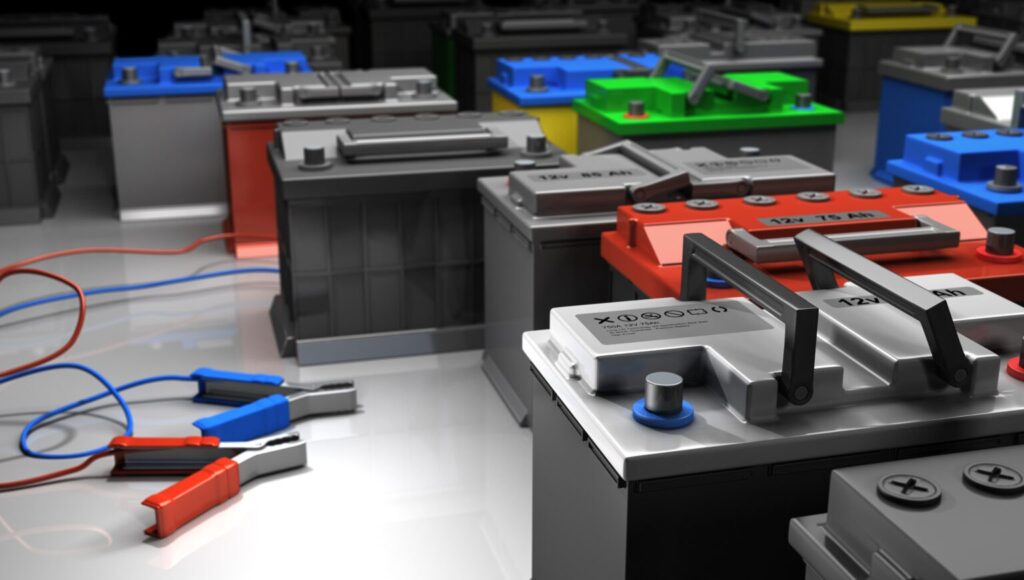Charging lead-acid batteries properly is crucial for maximizing their durability and performance. Here are some tips to help you charge lead-acid batteries effectively.
- Use the Right Charger: Use a charger specifically designed for lead-acid batteries. Avoid using chargers that are not compatible or designed for other battery types, as they may not provide the correct charging profile and could damage the battery.
- Charge at the Correct Voltage: Lead-acid batteries require a specific charging voltage depending on their type (flooded, AGM, gel) and size. Consult the manufacturer’s specifications or guidelines to determine the appropriate charging voltage for your battery.
- Charge at the Correct Current: Charge the battery at a current suitable for its capacity and condition. Avoid charging at a too high or too low current, as it can lead to overcharging or undercharging, respectively. Many lead-acid batteries can be safely charged at a current rate of around 10-20% of their capacity.
- Avoid Overcharging: Overcharging can lead to the generation of excessive heat, water loss, and accelerated degradation of the battery plates. Use a charger with automatic voltage regulation or a charge controller that can terminate the charging process once the battery is fully charged.
- Equalization Charging: Periodically perform equalization charging for flooded lead-acid batteries. This process involves applying a slightly higher voltage to the battery for a short period to help ensure all cells are equally charged and to reduce stratification of electrolyte.
- Monitor Charging Progress: Regularly monitor the charging process to ensure that the battery is charging correctly and that there are no signs of overcharging or overheating. If possible, use a charger with monitoring features or use a separate battery monitor.
- Charge in a Well-Ventilated Area: Lead-acid batteries can release hydrogen gas during charging, which is highly flammable. Charge batteries in a well-ventilated area to prevent the accumulation of explosive gas.
- Maintain Proper Electrolyte Levels: For flooded lead-acid batteries, regularly check and maintain the electrolyte levels. Ensure that the plates are always covered with electrolyte to prevent damage and maintain proper battery performance.
- Follow Manufacturer Recommendations: Always follow the manufacturer’s recommendations and guidelines for charging and maintaining lead-acid batteries. Different types and models of batteries may have specific requirements for optimal charging.
By following these guidelines and best practices, you can help ensure that your lead-acid batteries are charged properly, maximizing their durability and performance over their lifespan.


